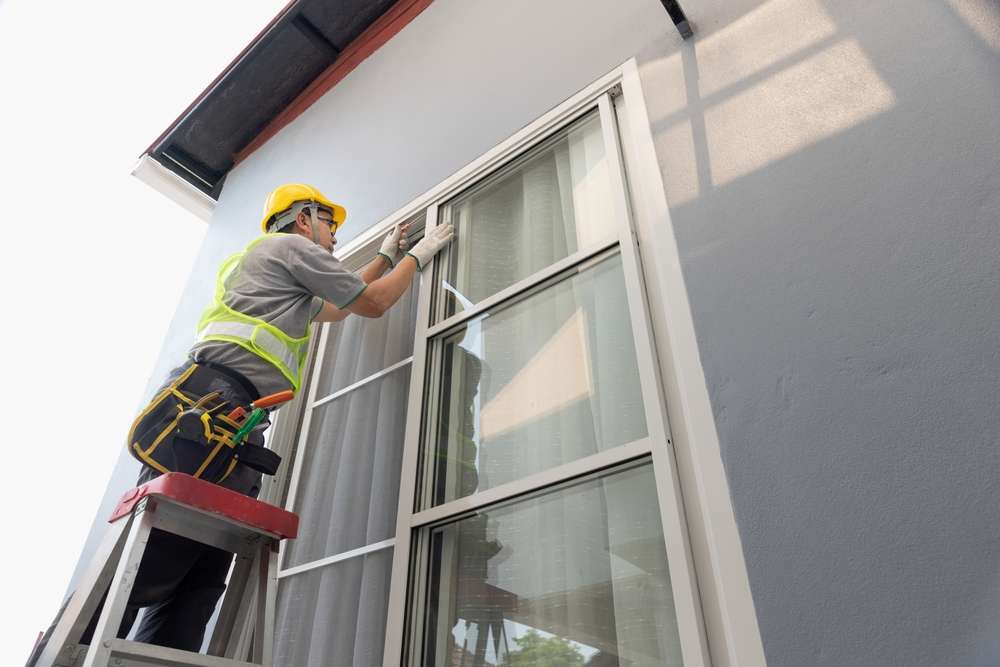Fixing Damaged Windows: Assessment, Steps, and Costs
Windows take daily wear from weather, use, and time. Knowing how to spot damage, decide between repair or replacement, and understand the repair process can preserve comfort and efficiency at home. This guide explains common issues, the decision-making basics, what professional work involves, and realistic cost expectations in the United States.

Windows do more than let in light. They influence energy efficiency, safety, noise control, and curb appeal. When panes crack, seals fail, or frames swell, the right fix can restore performance without unnecessary expense. Below is a practical guide for readers in the United States that explains typical damage, how to assess severity, what repairs include, and how pricing generally breaks down for local services in your area.
What are the most common types of window damage?
Common problems fall into a few patterns. Glass damage includes chips, star cracks, and shattered panes. Insulated glass units, often called double-pane or IGUs, can develop fogging when the internal seal fails, leading to trapped moisture and a cloudy appearance. Frames can warp or rot, particularly in older wood sashes exposed to water. Weatherstripping can compress or tear, causing drafts. Hardware failures such as broken latches, balances, or sash cords make windows hard to operate. On older units, glazing putty can dry out and crumble, loosening the pane. Water stains or peeling paint around the jambs may signal leaks that need attention.
How can you determine if a window needs repair or replacement?
Start with condition and age. Localized issues like a cracked single pane, a loose lock, or worn weatherstripping are usually good candidates for repair. Multiple problems in the same opening, chronic moisture intrusion, or widespread frame rot often tip the scale toward replacement. Consider performance too. If condensation appears between panes, the IGU has a failed seal; repair typically means replacing the glass unit while reusing the frame if it is sound. Safety and code can influence decisions: some locations require tempered glass, and lead-safe practices apply to pre-1978 painted wood. Compare costs realistically: if repair approaches a substantial portion of a comparable replacement, replacement may offer better long-term value.
What are the steps involved in repairing a damaged window?
The sequence varies by problem but follows a consistent logic. First comes safety: protect the work area, wear eye protection and gloves, and stabilize the sash. Accurate measurements ensure the correct glass or parts are ordered. For glass replacement, the technician removes stops or old glazing, lifts out the damaged pane or IGU, cleans the rabbet, and installs the new glass with setting blocks and sealant or fresh glazing compound. Hardware fixes include replacing sash balances, locks, or hinges and verifying smooth travel. Weatherstripping and exterior caulking are renewed to stop air and water leaks. Final steps include painting or sealing exposed wood, reinstalling stops, and testing operation for smooth opening and closing.
What are the benefits of professional window repair services?
Professionals bring accurate diagnosis, proper materials, and safer handling of glass. They can match glass specifications like thickness, tint, low-e coatings, and tempered or laminated safety requirements. Many provide warranties on parts and labor and handle disposal of broken glass. Experienced technicians also spot related issues such as frame settlement or flashing problems that cause repeat leaks. For historic or architecturally significant homes, tradespeople familiar with sash rebuilds and custom glazing can preserve original character while improving operation. Finally, insured and licensed providers reduce liability risks during on-site work and follow local regulations that may affect methods and materials.
What are the cost considerations for window repair?
Pricing depends on glass type, window size, accessibility, and labor rates in your area. Single-pane glass is inexpensive to replace, while double-pane IGUs and specialty safety glass cost more. Rot repair or sash rebuilds add carpentry time. Emergency calls, after-hours service, and travel distance can raise labor charges. Extras like repainting, new exterior trim, or lead-safe containment for older painted windows may also affect the invoice. When comparing bids, confirm what is included: disposal, new stops, sealants, weatherstripping, and any warranties. Estimates usually note lead times for custom-sized glass units, which can add days to completion.
Pricing breakdown and providers
The examples below illustrate typical national ranges from recognizable providers. Actual rates vary by region, window size, glass specification, and scheduling. Use these figures to frame expectations and compare quotes from local services in your area.
| Product/Service | Provider | Cost Estimation |
|---|---|---|
| Single-pane glass replacement | Glass Doctor | 100–200 USD per pane |
| Double-pane IGU replacement | The Glass Guru | 200–500 USD per window |
| Sash cord or balance repair | Mr. Handyman | 125–250 USD per window |
| Vinyl window replacement, standard | Window World | 300–700 USD per window installed |
| Emergency board-up service | Glass Doctor | 150–300 USD per opening |
Prices, rates, or cost estimates mentioned in this article are based on the latest available information but may change over time. Independent research is advised before making financial decisions.
Conclusion
Windows fail for many reasons, from cracked panes to worn weather seals and aging frames. A clear assessment helps determine whether a targeted repair will restore performance or whether replacement is the better path. Understanding the basic repair steps, the advantages of professional service, and the factors that drive cost makes it easier to plan, budget, and coordinate with reputable providers in your area.






